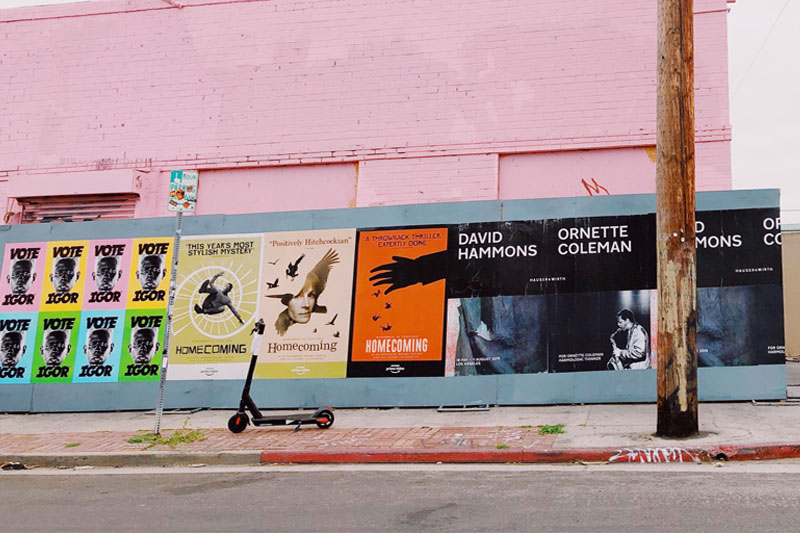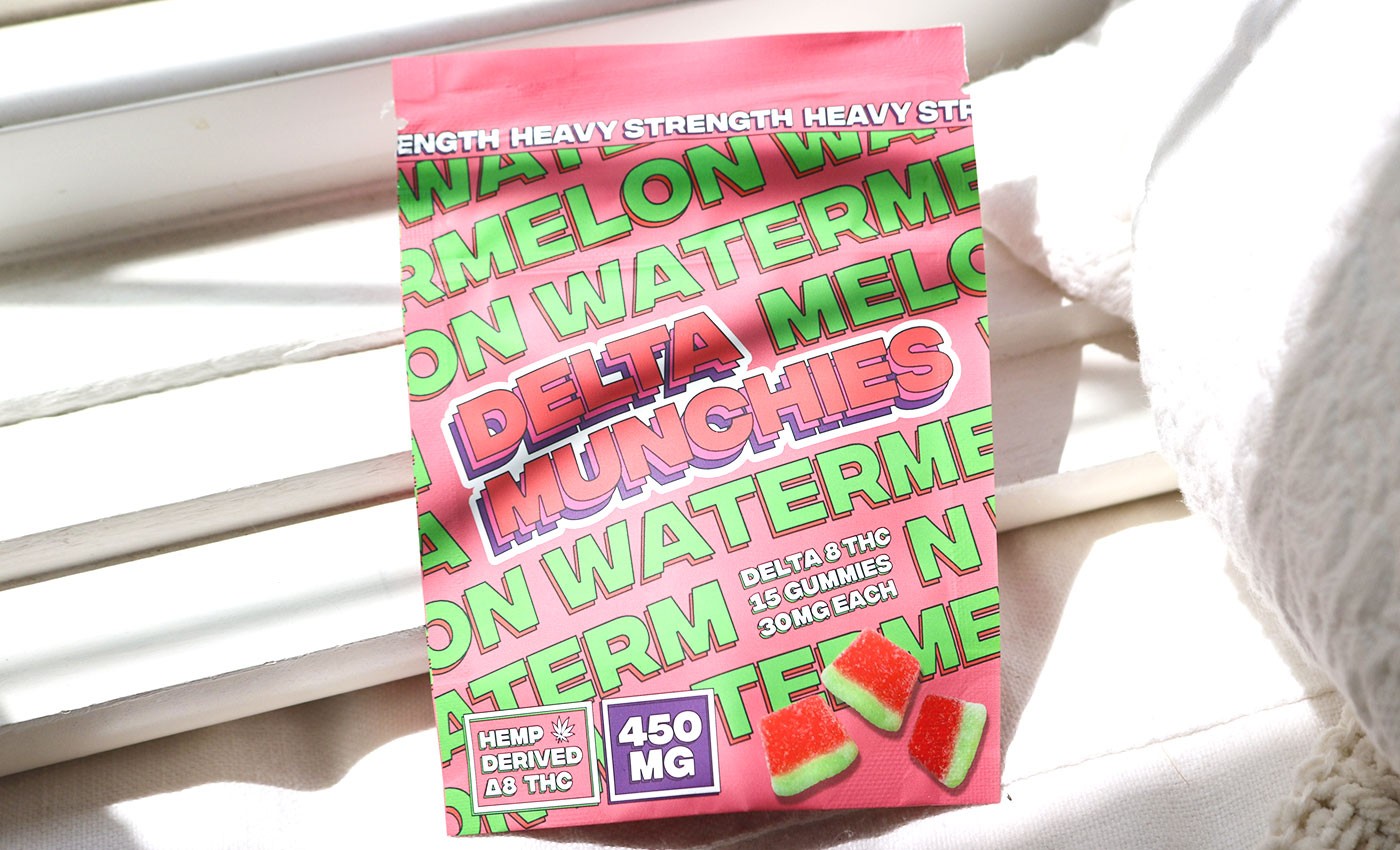
The same old marketing techniques, paper classifieds, leaflets stuck under the window wipers. It’s time for a something new and exciting, innovative and creative. Something that you don’t need a large budget for or be one of the big players on the market to execute. It’s time to use the streets to work for you, the public access places, urban surrounds and that construction site next door’s fences. It’s time for a wheatpasting campaign.
What is guerilla marketing?
Guerilla marketing is a unique and unconventional marketing strategy that aims to promote a product, service, or brand in a non-traditional and often unexpected way. It involves using unconventional tactics and approaches to capture the attention and interest of the target audience. Guerilla marketing campaigns are typically low-cost but high-impact, relying on creativity, innovation, and viral potential to generate buzz and create a memorable brand experience.
The term “guerilla” in guerilla marketing is derived from guerilla warfare, where small, independent groups use unconventional tactics to combat larger, more traditional forces. Similarly, guerilla marketing seeks to disrupt the traditional advertising landscape and engage consumers in unexpected ways.
Guerilla marketing campaigns can take various forms, such as street art, flash mobs, interactive installations, viral videos, publicity stunts, or cleverly designed and placed advertisements. The key is to generate intrigue, surprise, and excitement among the target audience while maximizing exposure and creating a lasting impression.
The effectiveness of guerilla marketing lies in its ability to create a strong emotional connection between the brand and the consumer. By breaking through the advertising clutter and engaging people in a memorable and interactive manner, guerilla marketing campaigns can generate word-of-mouth buzz, social media sharing, and media coverage, all of which contribute to increased brand awareness and recognition.
Guerilla marketing has become increasingly popular in urban areas in recent years. You’ll see everyone from your local bar to large corporations such as Sony and Apple using wheatpasting as a unique and creative marketing tool. You’ll probably remember the famous silhouette campaign by Apple for the iPod back in 2003. Streets were plastered with posters of black silhouettes of people listening to iPods and dancing in front of pink, green, yellow and fuchsia backgrounds. Apple used wheatpasting posters across the US to compliment their TV and print advertising campaigns and helped launch iPod sales in to the millions that year.

Wheatpaste posters appeal because of their ability to reach potential customers in an unexpected way. You walk down the street past the same wall every day then one day a particular poster is plastered the entire wall, side-by-side with an eye-catching design. You’re attention is drawn. These posters cost a fraction of the price of a magazine advert and the visual spectacle basically forces you to pay attention to it. Wheatpaste posters rely on manpower rather than billboards to get their message in front of customers. Whilst it is still considered a controversial and aggressive technique, it’s an expanding marketing technique, and one you can be sure will grab attention for your next campaign. With all that being said, it’s not always perfectly legal to stick posters wherever you like, so let’s have a look through our guide to running a Guerilla Marketing Campaign without being arrested!

Where is it Legal to use Guerilla Marketing?
In most areas, including New York City, it is illegal to stick posters on private property without permission from the property owner. So you should always gain permission before you start putting your posters up on the outside walls of a restaurant or shop. Get in touch with the owner, or better yet get him to sign a release form so you are 100% in the clear. Public spaces, such as parks, sidewalks and roads, may also require permission or permits. There are usually however, many places where posters and flyers can be posted; a good example is college campuses and schools, where many may have bulletin boards or areas designated for this exact reason. Construction sites, which all require fencing around them, often lease the plywood fence space for posters. A prominent construction site in the city can be a perfect, legal place for your next campaign.
5 Steps to the Perfect (and legal) Guerilla Marketing Campaign
- Do Your Research. Scout out, then make a shortlist of locations around your area that will be suitable for wheatpasting. Contact the relevant property owners, councils or companies to find out if there will be costs in using the designated space. Consider what your target audience is and where they are likely to spend time. For example outside a gym might be a great place for a sports drink poster.
- Know The Law. Contact your local government and research whether permits are required to place posters in your designated areas. Prepare a release form for any business owners who are granting you permission to use their property.
- Design a Great Poster. Your design will decide whether your poster’s get attention or not. Use bright colors, bold fonts and make sure your designs stand out. If you need, contact a professional designer like we have here at 1800-Printing to help you come up with a great and eye catching design.
- How You Post. Check the surfaces of the walls you want to post to. Staples, tape, glue, thumbtacks and adhesive paints are all suitable ways to keep your posters up. Often, guerrilla marketers use ‘wheatpaste’ to fix posters to concrete surfaces. Wheatpaste is easily made a home using common flour and water and is mostly non-permanent.
- Build a Team. You can make a bigger impression plastering a street overnight than slowly over a week. Put a team together of motivated people to help you get those walls plastered with your campaign. Make sure you remind everyone where it’s legal to post your posters.
The post How to Run Guerilla Marketing Campaigns and Not Be Arrested! appeared first on Printing New York.











